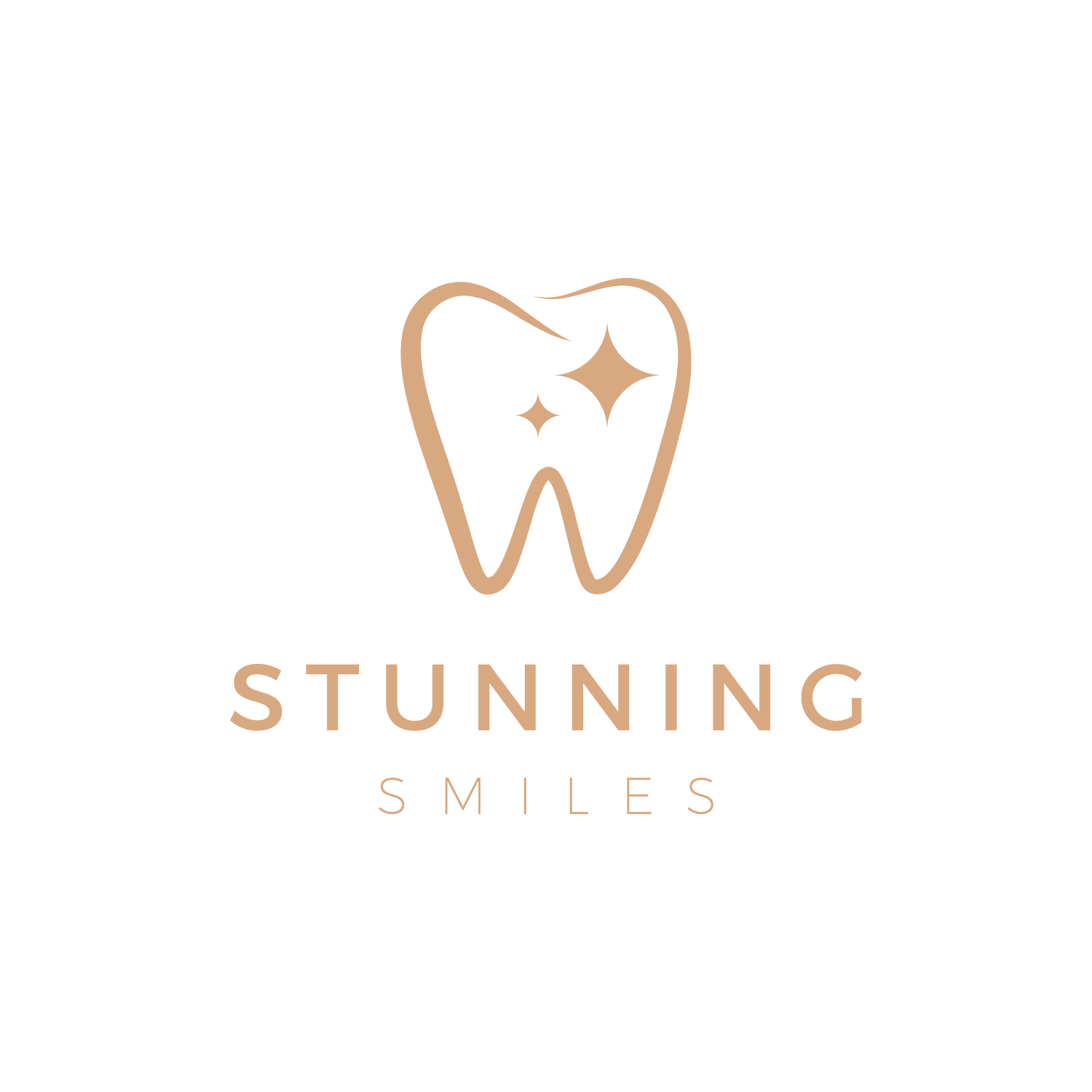PAP Whitening vs. Peroxide Whitening: Which Is Right for You?
When it comes to achieving a brighter smile, two popular methods often come up in conversation: PAP (Phthalimidoperoxycaproic acid) whitening and peroxide whitening. Both promise whiter teeth, but they do so in different ways and come with unique pros and cons. In this post, we’ll dive into the details of each method to help you determine which might be the best choice for your dental needs.
What is PAP Whitening?
PAP whitening utilizes phthalimidoperoxycaproic acid, a compound that has gained traction in recent years due to its gentler approach to teeth whitening. Unlike traditional peroxide-based whitening methods, PAP works without causing significant tooth sensitivity and is often touted for its effectiveness in breaking down stains.
How It Works
PAP releases oxygen molecules that penetrate the enamel and break down chromogens—staining compounds in your teeth. This process helps lift stains from both the surface and deeper layers of enamel without the harsh effects associated with higher concentrations of peroxide.
Advantages of PAP Whitening
1. Reduced Sensitivity: One of the most significant benefits of PAP whitening is its lower risk of tooth sensitivity. Many users report minimal discomfort, making it suitable for those with sensitive teeth.
2. Non-Abrasive: PAP is less likely to wear down enamel compared to some peroxide products, which can be an essential factor for long-term oral health.
3. Fast Results: Many people notice a significant difference after just one treatment, making it a time-efficient option for those seeking immediate results.
What is Peroxide Whitening?
Peroxide whitening has been the traditional go-to method for teeth whitening for years. This technique primarily uses hydrogen peroxide or carbamide peroxide to bleach the teeth and is widely available in both over-the-counter and professional treatments.
How It Works
When applied, peroxide breaks down into water and oxygen, which then penetrate the enamel and remove stains. The bleaching effect can vary depending on the concentration of peroxide used and the duration of application.
Advantages of Peroxide Whitening
1. Proven Track Record: Peroxide whitening has been extensively studied and is backed by a wealth of research supporting its efficacy.
2. Variety of Options: From at-home kits to in-office treatments, peroxide whitening offers numerous options tailored to different preferences and budgets.
3. Cost-Effective: Many over-the-counter peroxide whitening products are relatively affordable, making it an accessible choice for many people.
Comparing the Two
Effectiveness
Both PAP and peroxide whitening are effective at brightening teeth, but the results can vary based on individual circumstances, including the nature of the stains and the initial colour of the teeth. While some users may prefer the gentler approach of PAP, others might achieve quicker results with peroxide.
Safety and Sensitivity
If you have a history of tooth sensitivity, PAP may be the safer choice. Conversely, peroxide can cause sensitivity in some users, particularly when used in higher concentrations or for extended periods.
Duration of Results
Both methods can yield long-lasting results with proper aftercare, such as avoiding staining foods and maintaining good oral hygiene. However, individual experiences can vary, so it’s crucial to consult with your dentist about the best approach for your needs.
Choosing between PAP whitening and peroxide whitening ultimately depends on your personal preferences, dental health, and sensitivity levels. If you prioritize a gentler method with a lower risk of sensitivity, PAP whitening might be the way to go. On the other hand, if you're looking for a proven method with a variety of options, peroxide whitening remains a solid choice.
Before starting any whitening treatment, it’s always wise to consult with your dentist. They can help assess your unique situation and recommend the best approach for achieving that dazzling smile you desire!

